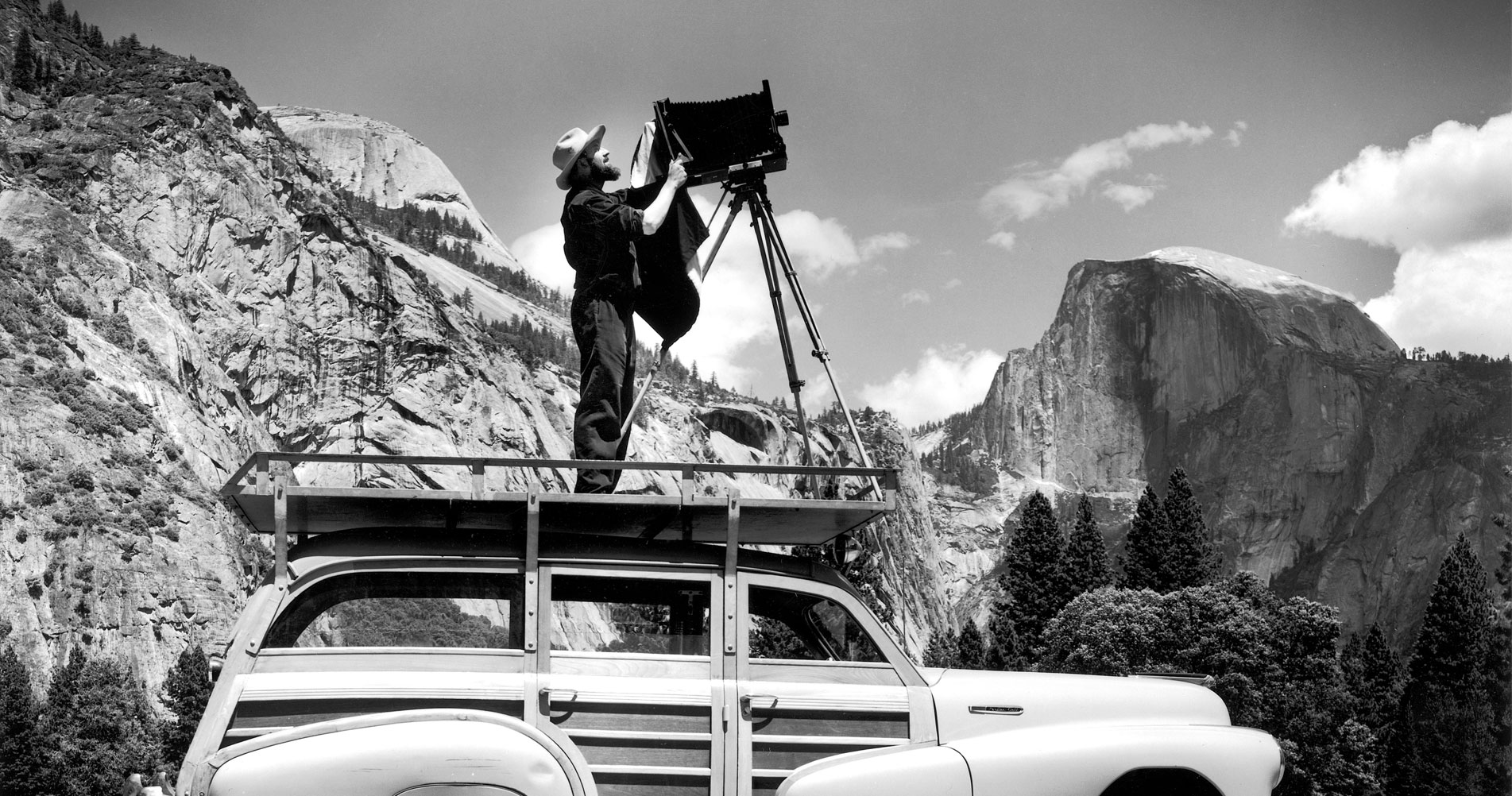I admit I cannot get into expert arguing on this subject, what I meant is described e.g. here:
It is well-established that the smallest discrimination thresholds for interaural time differences (ITDs) are near 10 μs for normal hearing listeners. However,

doi.org
They need to use a broadband pulse with a very sharp attack. (Well, that's redundant, really, but above 2 kHz there's not much detection of the sine wave phase, but there is substantial detection of pulse arrival, including the "sharpness" of the pulse in one ear.
While it is important to have subjects with decent hearing, I must also say that training and learning what to listen to is very important. This is why I have objected to any number of tests that were just thrown at subjects.
I must also note that they did not include frequencies above the usual range for ITD's, which was a mistake, assuming they used signals with a repeated short onset. Above 2kHz I agree there is not much (any?) response to interaural phase of a sine wave, or a series of tones, but now try a gaussian pulse centered at, say, 6kHz with a +-4 kHz bandwidth, or even better a minimum-phase pulse with similar bandwidth. This kind of signal will expose ITD sensitivity that is repeatedly denied, the key being that at higher frequencies, it's not the phase of a tone, but the onset of a signal envelope. This is also easy to test in matlab.


